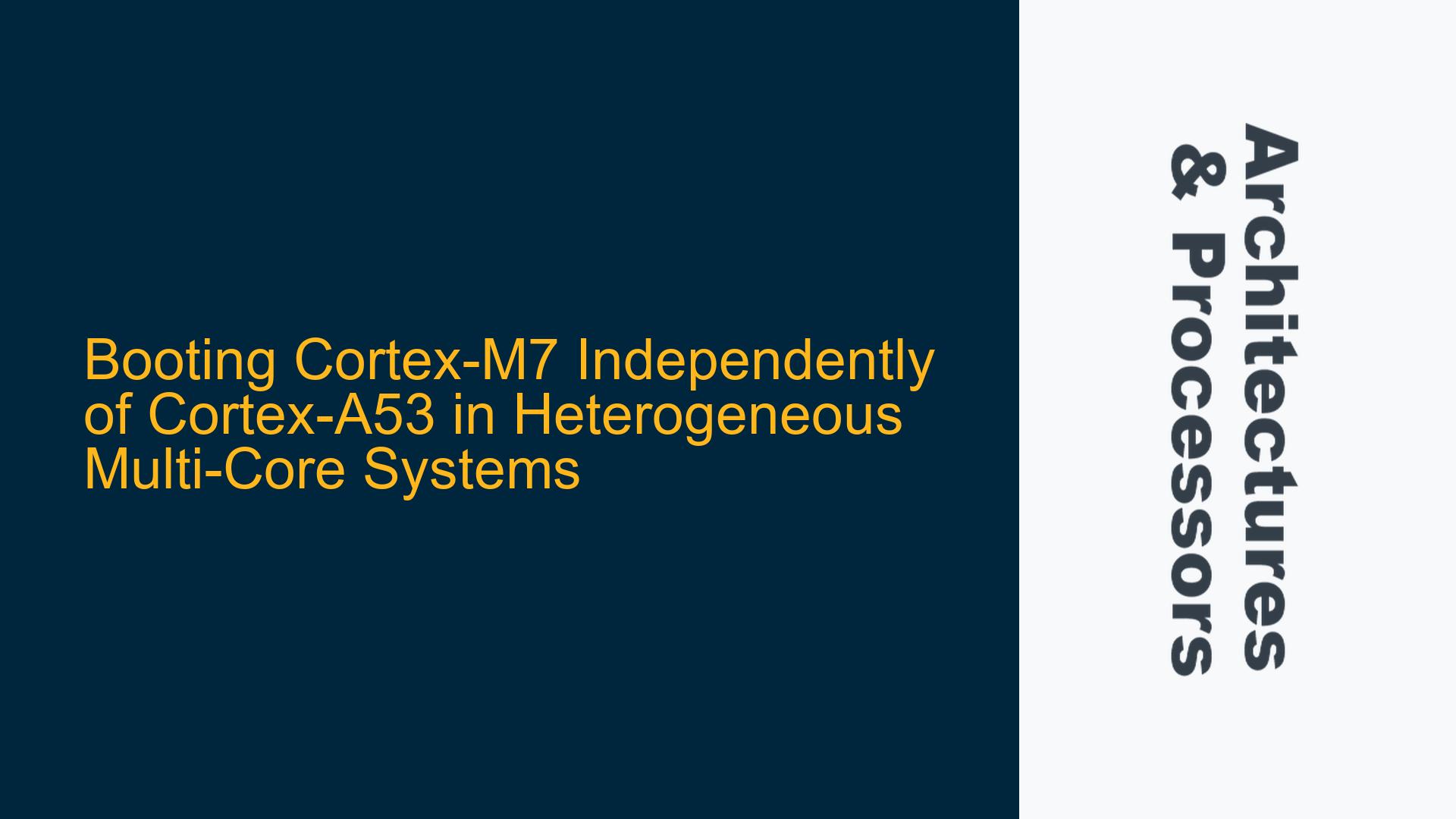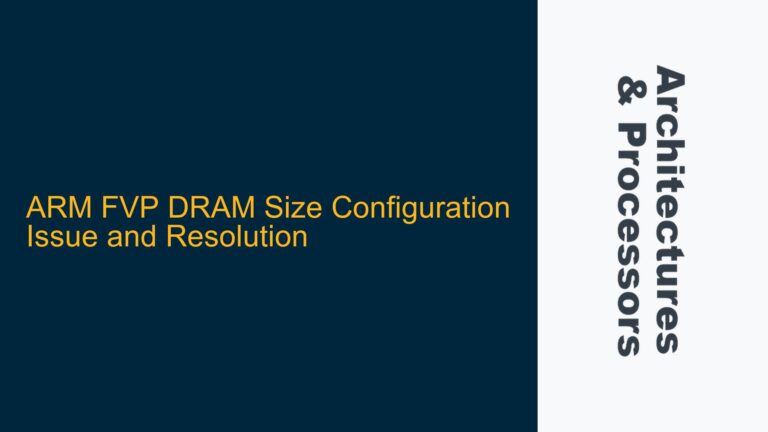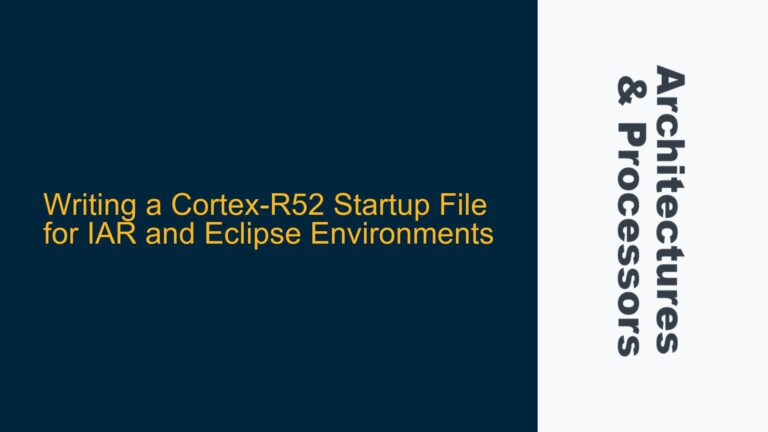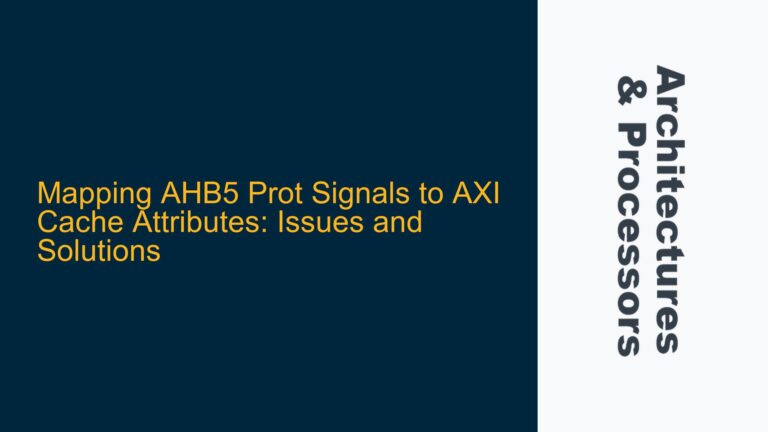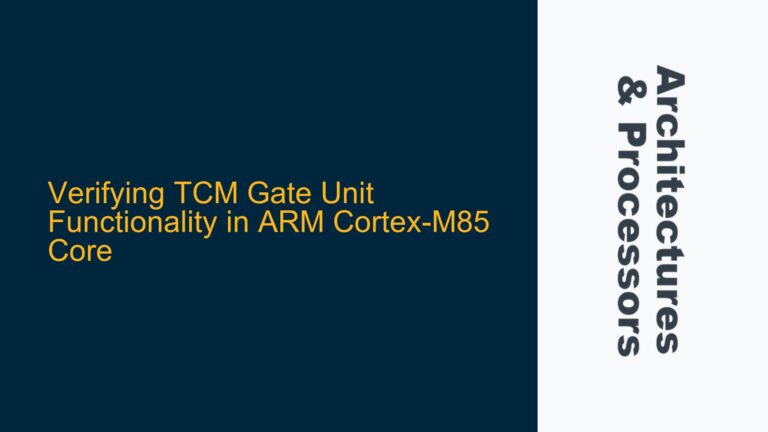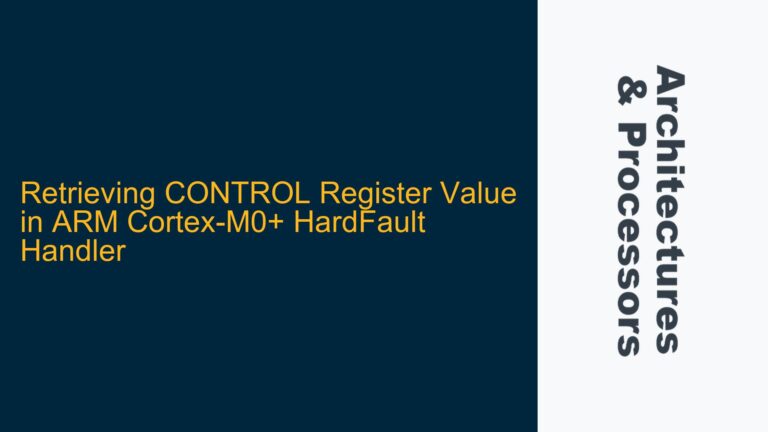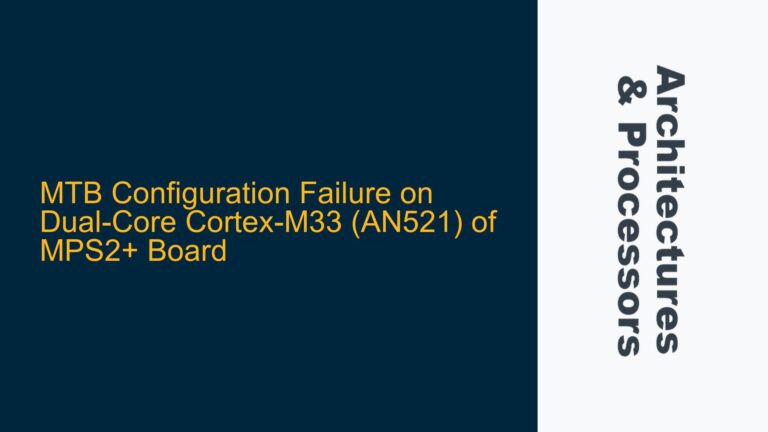Heterogeneous Multi-Core Boot Process and Independence Challenges
In modern embedded systems, heterogeneous multi-core processors, such as those combining ARM Cortex-A53 and Cortex-M7 cores, are increasingly common. These architectures leverage the strengths of both application-class cores (Cortex-A53) and microcontroller-class cores (Cortex-M7) to deliver high performance and real-time capabilities. However, booting these cores independently, especially when running different operating systems, presents significant challenges. The Cortex-A53 typically runs a general-purpose OS like Linux, while the Cortex-M7 is often tasked with real-time operations or low-level control tasks. Achieving independent booting requires a deep understanding of the system-on-chip (SoC) architecture, boot sequences, and hardware-software interactions.
The primary challenge lies in the boot dependencies between the cores. In many SoCs, the Cortex-A53 core is designated as the primary boot processor, responsible for initializing the system and subsequently releasing the Cortex-M7 core. This dependency can complicate scenarios where the Cortex-M7 needs to operate independently, such as in safety-critical systems or when running a real-time OS (RTOS) that must start immediately without waiting for the Cortex-A53. Additionally, shared resources like memory, peripherals, and inter-core communication mechanisms must be carefully managed to avoid conflicts during the boot process.
To achieve independent booting, the system designer must address several key areas: boot configuration, memory mapping, resource partitioning, and inter-core communication. The boot configuration determines which core is responsible for initializing the system and how the secondary core is released. Memory mapping ensures that each core has access to its designated memory regions without overlapping or conflicting with the other core. Resource partitioning involves assigning peripherals and other hardware resources exclusively to one core or implementing mechanisms for shared access. Finally, inter-core communication protocols must be established to allow coordination between the cores once they are operational.
Boot Configuration and Memory Mapping Constraints
The boot configuration and memory mapping are critical factors in enabling independent booting of the Cortex-M7 core. In many SoCs, the boot process is controlled by a boot ROM or a similar mechanism that initializes the primary core (usually the Cortex-A53) and sets up the system for operation. The Cortex-M7 core may be held in a reset state or placed in a low-power mode until the primary core releases it. This dependency can be problematic if the Cortex-M7 needs to start immediately or if the Cortex-A53 fails to boot.
To achieve independent booting, the system designer must modify the boot configuration to allow the Cortex-M7 to initialize itself without relying on the Cortex-A53. This may involve reprogramming the boot ROM or using a secondary bootloader specifically for the Cortex-M7. Additionally, the memory mapping must be carefully designed to ensure that the Cortex-M7 has access to its code and data without interfering with the Cortex-A53. This typically requires partitioning the memory into distinct regions for each core and configuring the memory protection unit (MPU) or memory management unit (MMU) accordingly.
Another consideration is the initialization of shared peripherals and resources. If the Cortex-M7 needs to access peripherals that are typically controlled by the Cortex-A53, the system designer must implement mechanisms for exclusive access or resource sharing. This may involve configuring the peripheral registers to allow access from both cores or implementing software-based locking mechanisms to prevent conflicts.
Implementing Independent Booting and Resource Management
Implementing independent booting of the Cortex-M7 core requires a combination of hardware and software solutions. On the hardware side, the system designer must ensure that the Cortex-M7 has access to the necessary resources and that the boot configuration supports independent initialization. This may involve modifying the boot ROM, configuring the memory map, and setting up the MPU or MMU. On the software side, the designer must develop a bootloader or initialization routine for the Cortex-M7 that sets up the core and prepares it for operation.
One approach is to use a secondary bootloader specifically for the Cortex-M7. This bootloader can be stored in a separate memory region and executed immediately after the Cortex-M7 is released from reset. The bootloader should initialize the core, set up the memory map, and configure any necessary peripherals. Once the Cortex-M7 is operational, it can start executing its designated tasks or RTOS.
Resource management is another critical aspect of independent booting. The system designer must ensure that the Cortex-M7 has exclusive access to the resources it needs and that conflicts with the Cortex-A53 are avoided. This may involve configuring the peripheral registers to allow access from both cores or implementing software-based locking mechanisms. Additionally, the designer must establish inter-core communication protocols to allow coordination between the cores once they are operational. This can be achieved using shared memory, mailboxes, or other communication mechanisms supported by the SoC.
In conclusion, booting the Cortex-M7 core independently of the Cortex-A53 in a heterogeneous multi-core system is a complex but achievable task. It requires a deep understanding of the SoC architecture, boot sequences, and hardware-software interactions. By carefully configuring the boot process, memory mapping, and resource management, the system designer can enable the Cortex-M7 to operate independently and achieve the desired system behavior.
